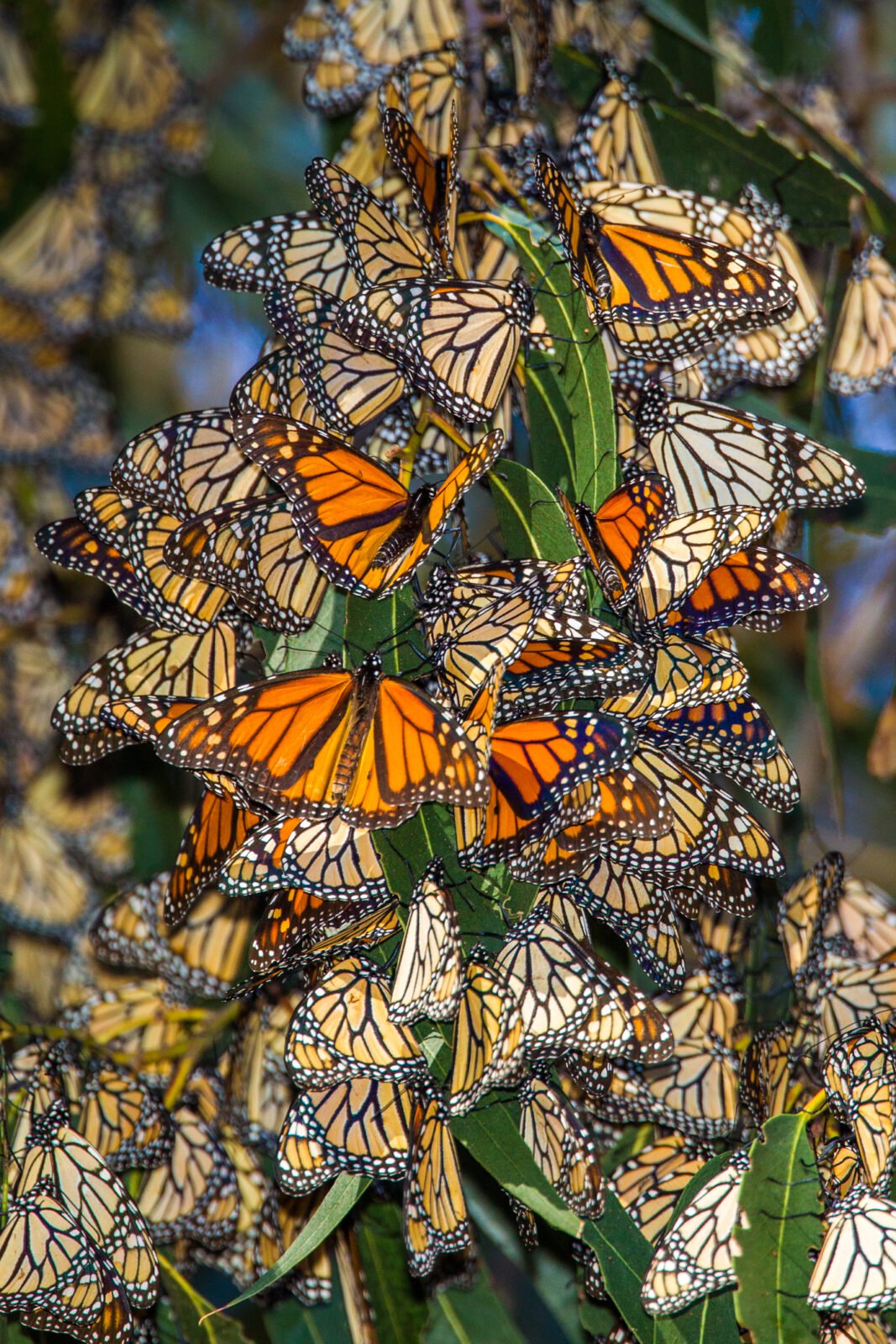
Native News Recap: 2022
Here’s a native news recap looking back at some of the biggest native plant news stories of the...
Here’s a native news recap looking back at some of the biggest native plant news stories of the year.
In April 2022, South Carolina passed a law banning the propagation and sale of the invasive Callery Pear (also known as the ‘Bradford’ Pear). These trees were commonly used in landscaping starting in the 1960s. They were cheap, transported well, and grew quickly in addition to having attractive white blooms. However, the Callery Pear escaped cultivation and is now recognized as noxious and/or invasive throughout the eastern United States. South Carolina’s ban goes into effect in 2024, along with a similar ban in Pennsylvania. Ohio’s Callery Pear ban, passed in 2018, will go into effect in 2023. If you’re interested in replacing Callery Pears on your property, or if you want a tree with a similar look, consider these native alternatives.
In July 2022, the International Union for the Conservation of Nature classified the migrating Monarch Butterfly as “endangered.” Populations have declined between 85% and 95% since the 1990s. The primary causes for this steep decline are loss of habitat, increased use of herbicides and pesticides, and climate change. Anna Walker, a conservation biologist at New Mexico BioPark Society, says that people can help by planting Milkweed along migratory routes. Milkweed (Asclepias spp.) is the only larval host plant of the Monarch Butterfly.

Mature Oak trees continue to decline at an accelerated rate throughout Pennsylvania, Virginia, and Maryland. This decline seems to have not one cause, but many: climate change, disease, pests, soil compaction, and infrequency of fires. Oak decline is particularly devastating due to their unsurpassed ecological value. As the dominant tree in North American forests, Oaks provide essential habitat and food for wildlife while filtering groundwater and absorbing carbon dioxide. Efforts are underway to slow and reverse the effects of Oak decline. The U.S. Forest Service started the White Oak Initiative, The Virginia Department of Forestry began the Hardwood Forest Habitat Initiative, and the Maryland Forest Service is addressing excessive deer brows and increasing the use of controlled fires to encourage regeneration.

Here’s a native news recap looking back at some of the biggest native plant news stories of the...
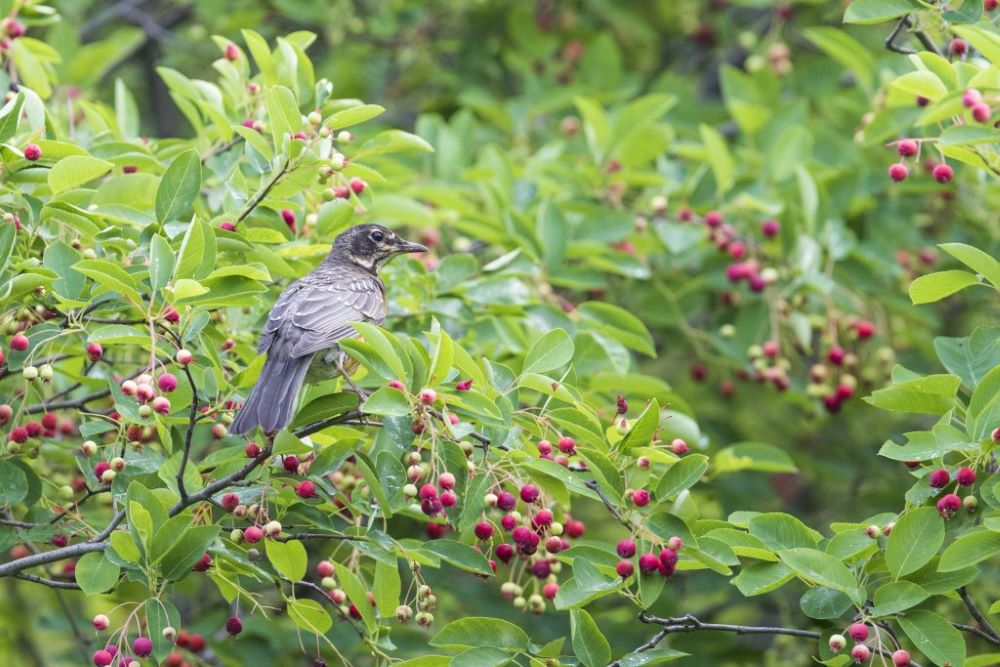
In the past we have emphasized the importance of keystone species in supporting bird populations,...
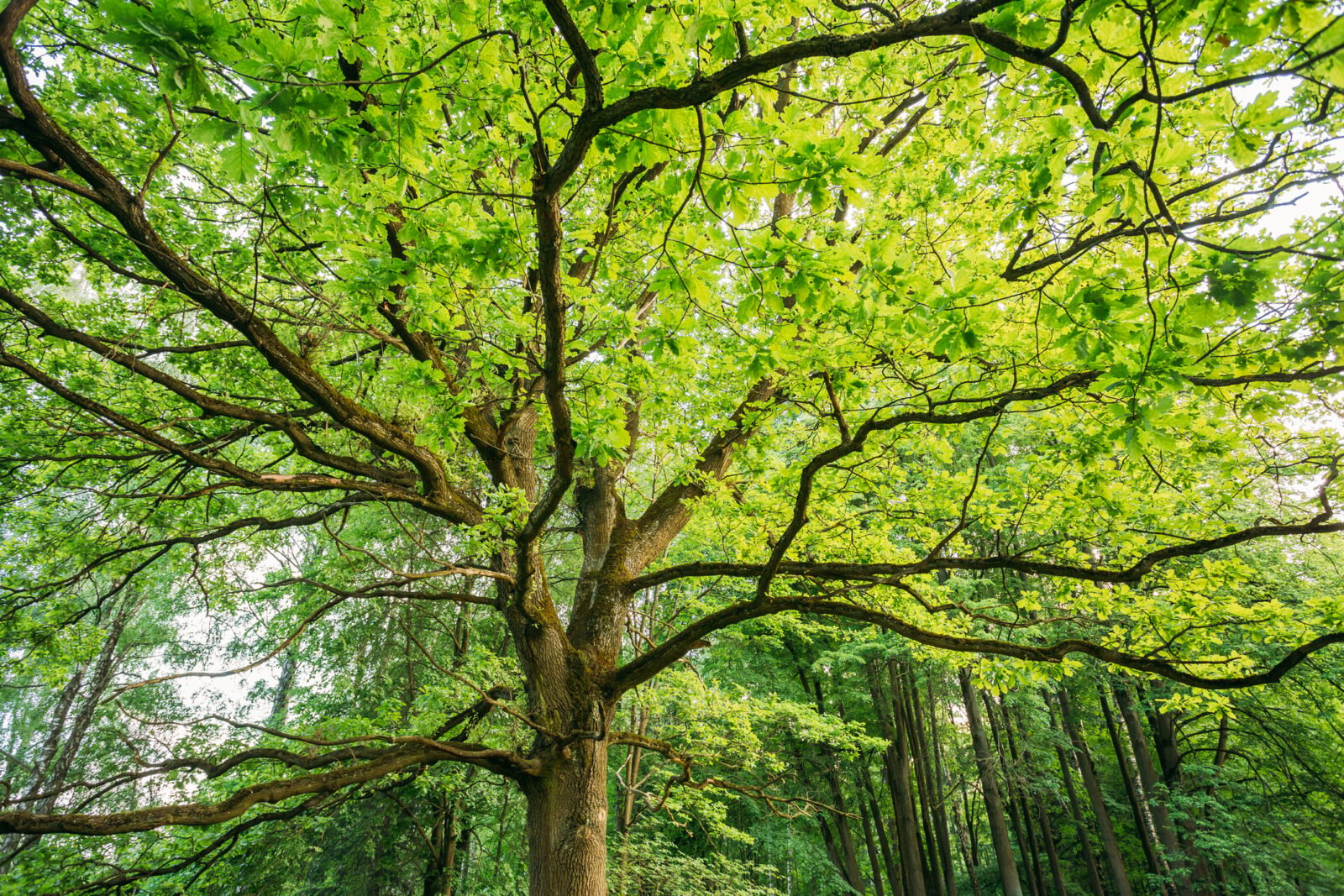
Perennials are the stars of most gardens, and no wonder! They provide a variety of shapes and col...
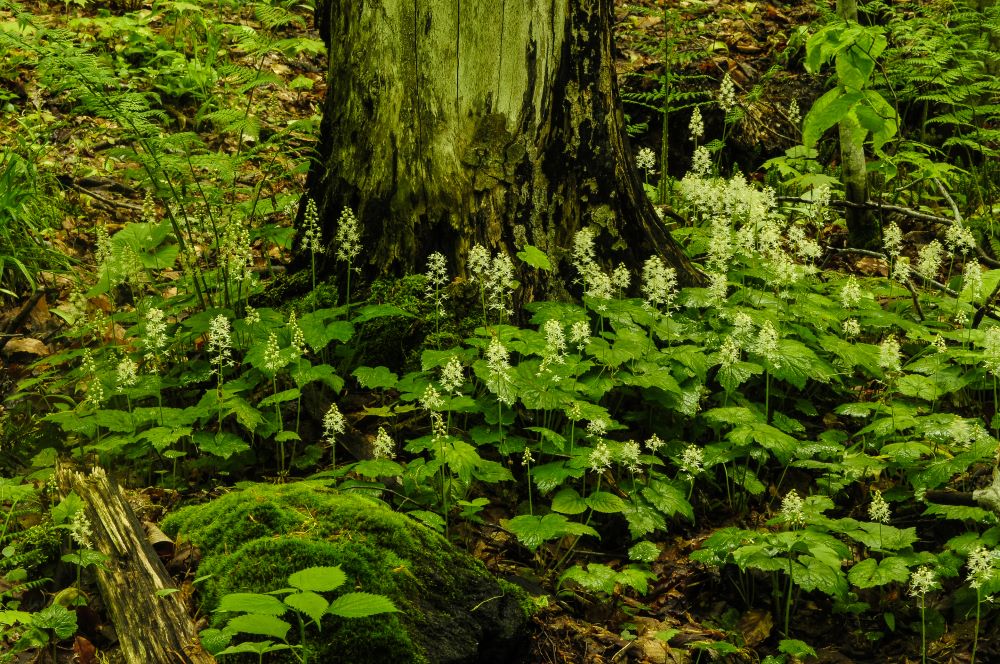
These native ground covers for shade make a perfect living mulch by holding in moisture, keeping ...
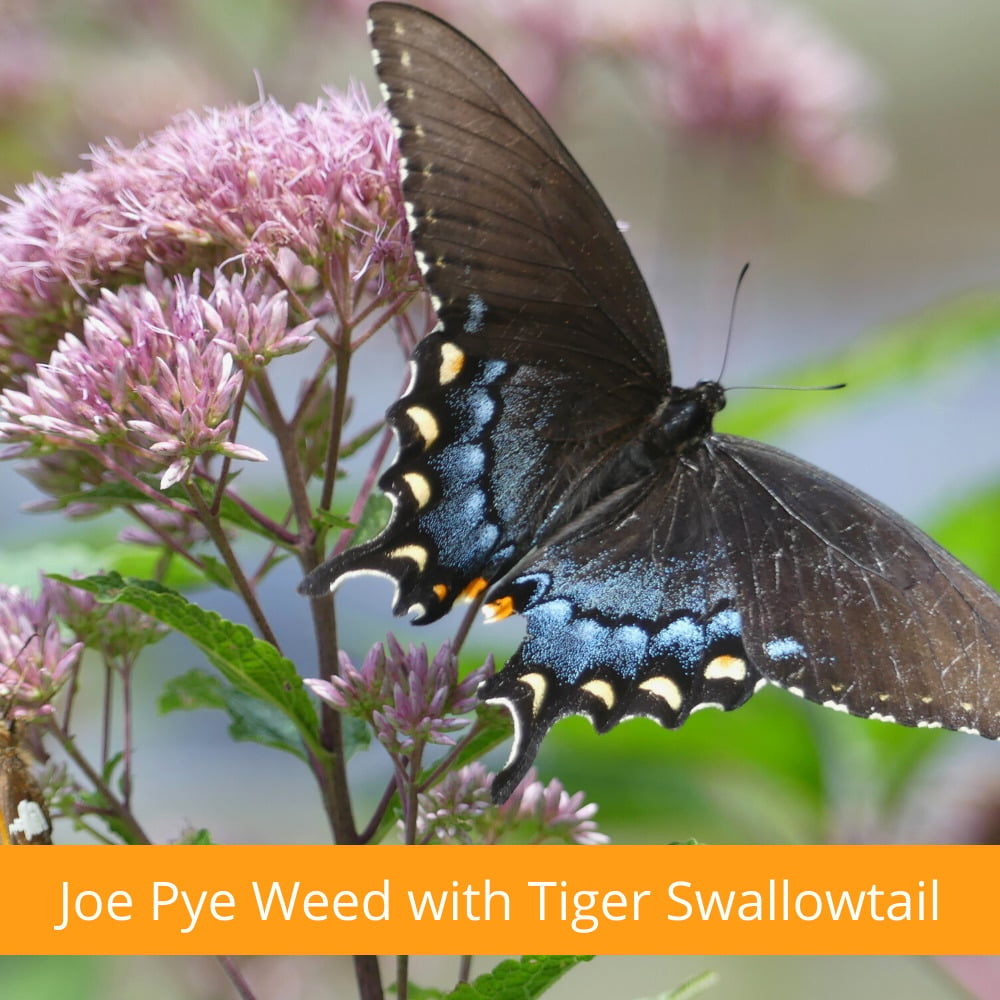
Gardening is ‘In’! Over the past two years gardening has suddenly become very popular with pe...

Mothers give us so much, but sometimes it takes a while for us to appreciate the gifts that we ca...
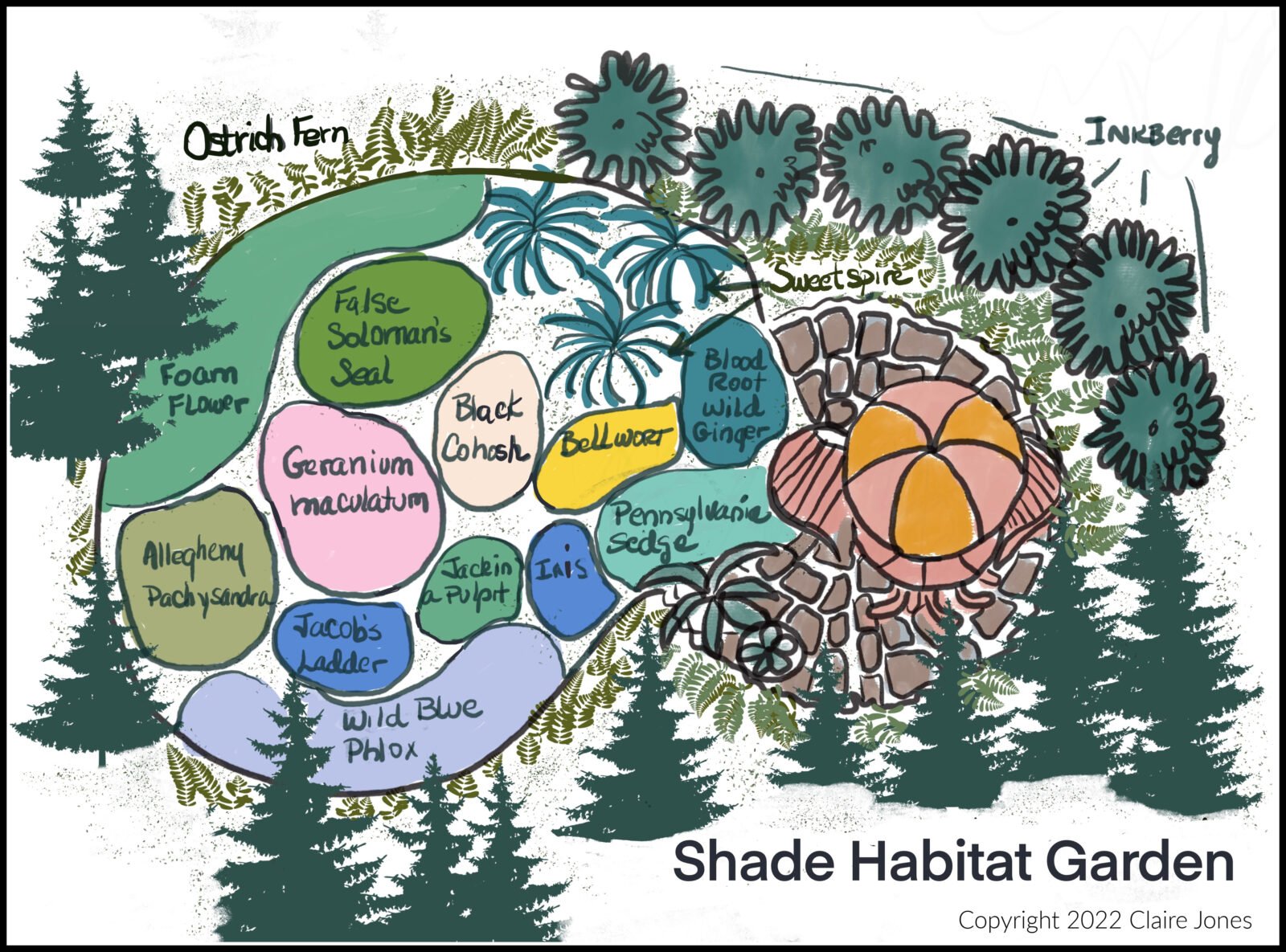
This is the second part of my Habitat Heroes Design series. The first part was a sunny garden of ...
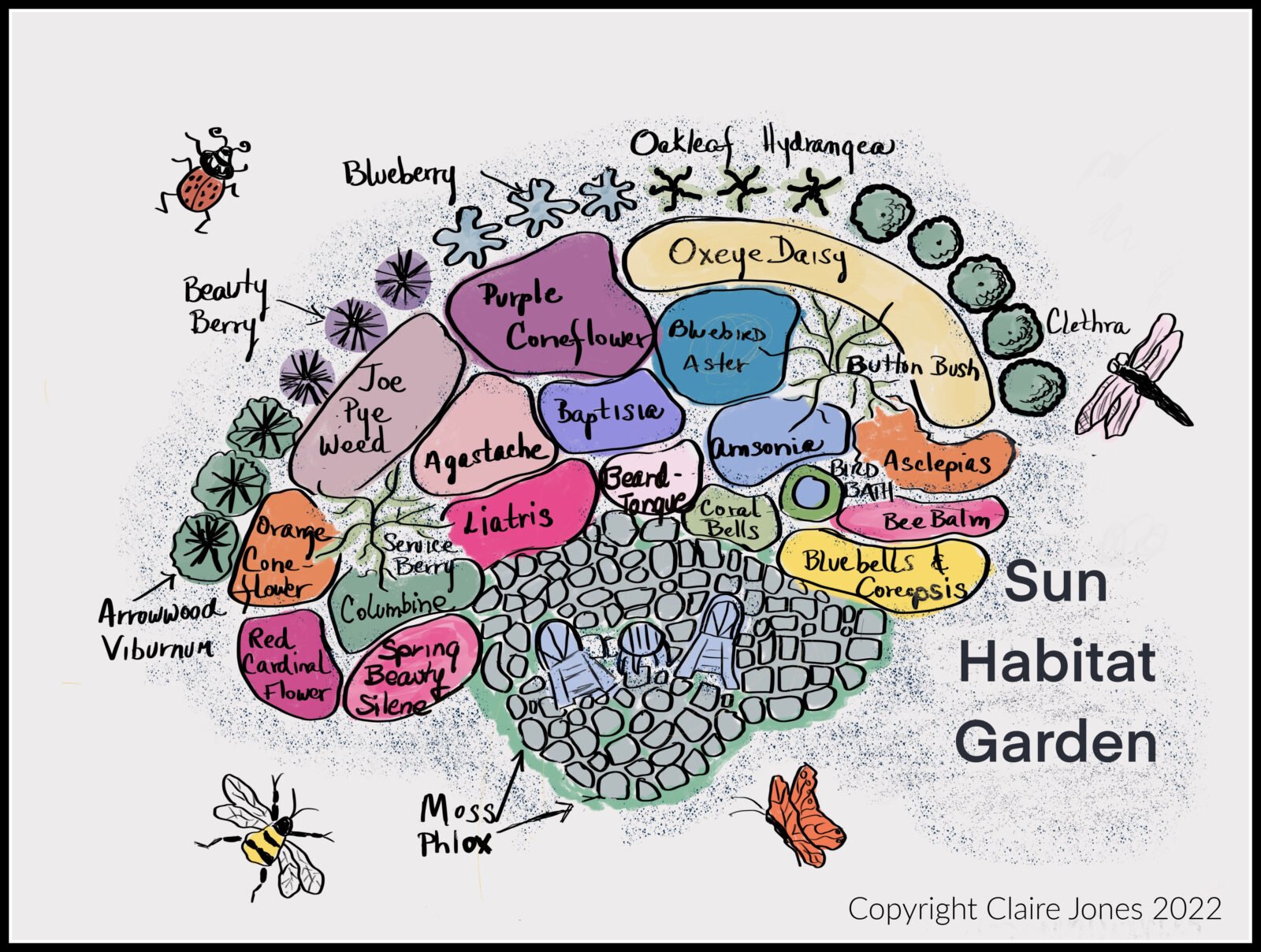
This blog post will cover how to design and install a Sunny “Habitat Hero Garden” with native...
Now Shipping for Spring 2024!